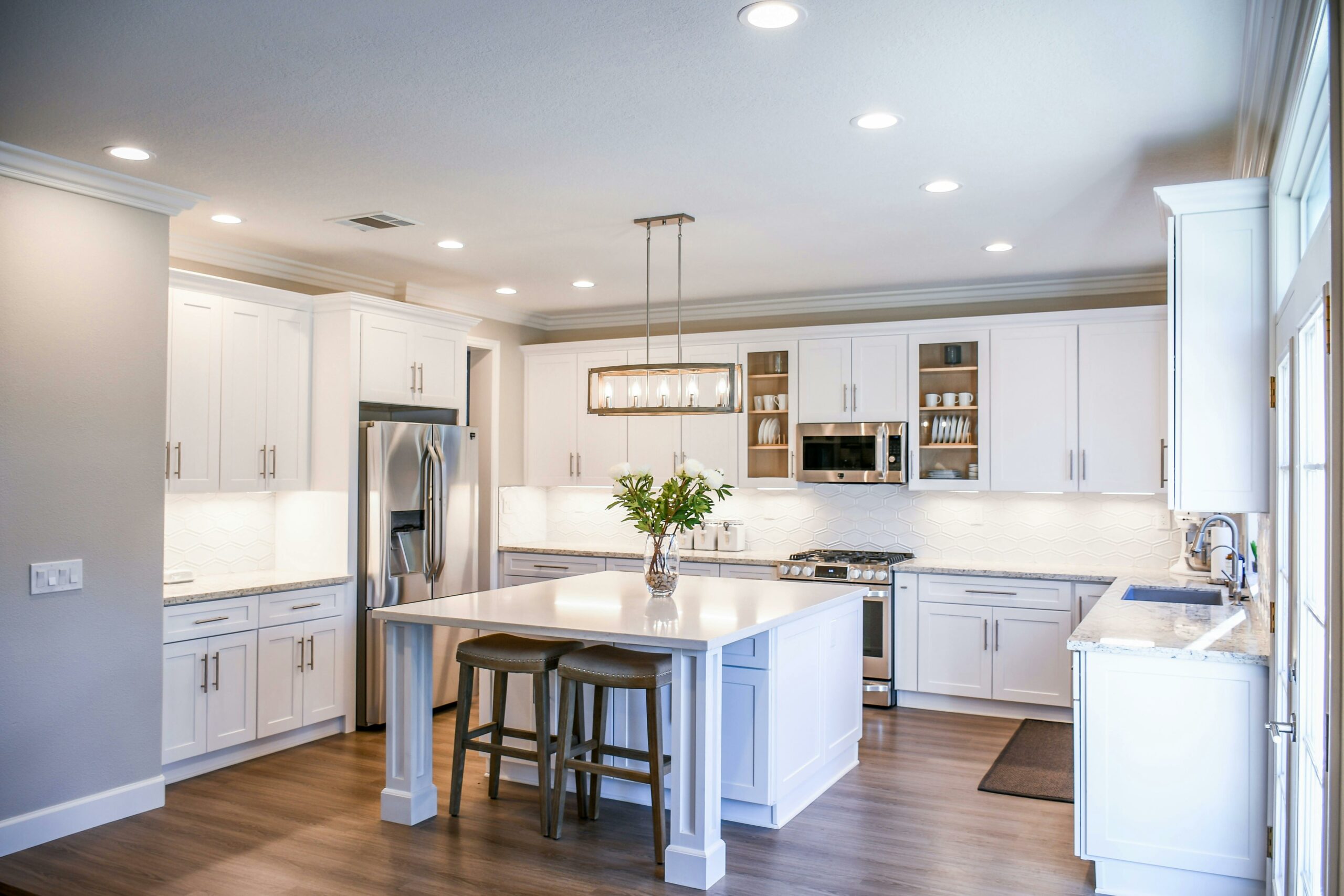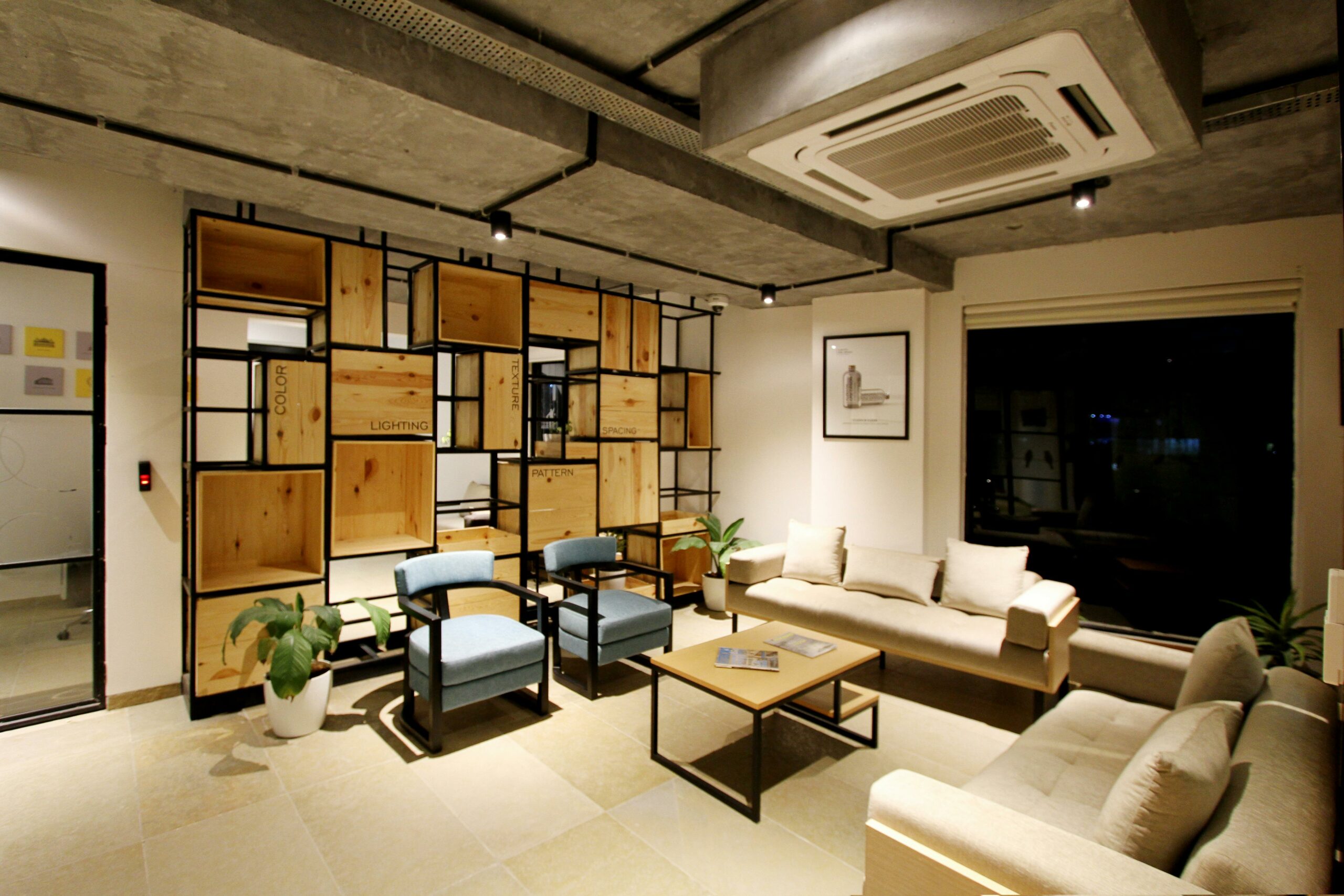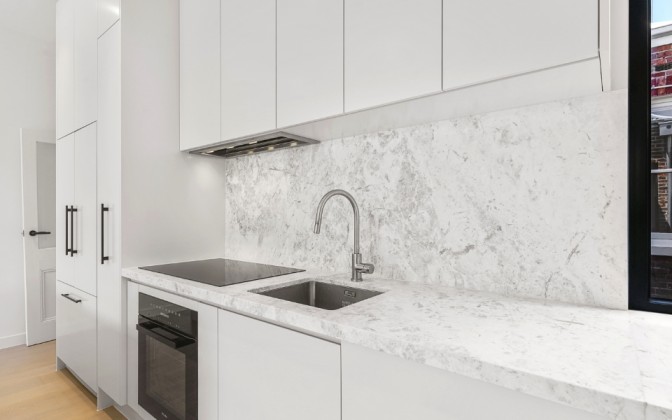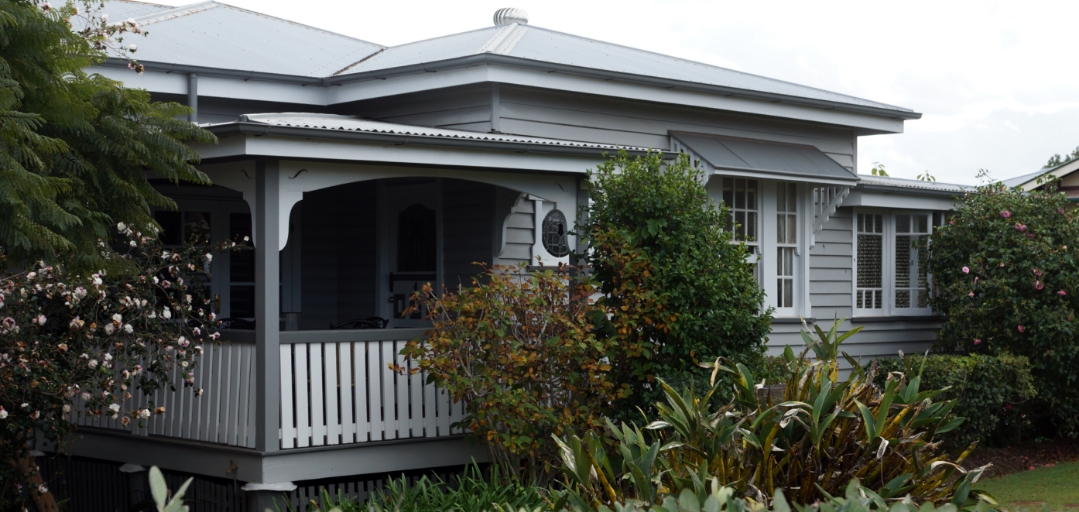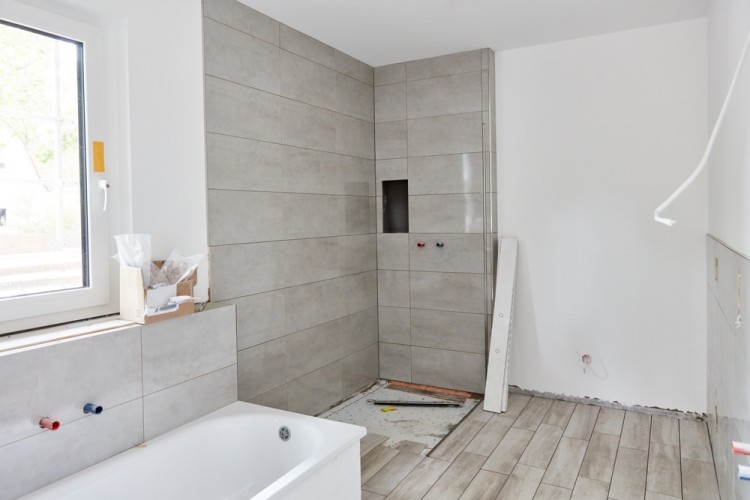1. Introduction: The Role of Engineering in Building Modern Towns
Urban development fundamentally relies on creating strong, durable foundations that support the structures, infrastructure, and communities of modern towns. These foundations are not merely physical bases; they symbolize stability, safety, and sustainability—core principles that urban engineers strive to uphold. As cities expand and evolve, engineering ensures that these foundations can withstand environmental challenges and adapt to future needs.
Educational models and practical examples play a vital role in illustrating these complex principles. For instance, the educational simulation mysweettown-onlinegame.top demonstrates how thoughtful planning and engineering design can result in resilient and appealing urban environments. Such models help students and professionals visualize the importance of a foundation-first approach in urban planning.
Contents
- Fundamental Principles of Engineering Foundations in Urban Design
- Modern Techniques and Technologies Supporting Foundations
- “My Sweet Town”: An Educational Illustration of Engineering Foundations
- Non-Obvious Aspects of Foundations in Urban Engineering
- The Evolution of Engineering Foundations: From Traditional to Modern Practices
- Cross-Disciplinary Insights: How Art, Psychology, and Engineering Intersect
- Conclusion: Building Strong Foundations for the Future of Towns
2. Fundamental Principles of Engineering Foundations in Urban Design
a. Load-Bearing Structures and Their Significance
At the core of any solid foundation are load-bearing structures that transfer the weight of buildings and infrastructure safely into the ground. Engineers analyze the types of loads—dead loads from the structure itself, live loads from occupants and usage, and environmental loads like wind and earthquakes. Proper design ensures these loads are evenly distributed, preventing settlement or failure.
b. Material Science: Choosing Durable and Sustainable Materials
The selection of construction materials is critical for foundation longevity. Modern engineering emphasizes sustainable, durable materials such as reinforced concrete, high-performance steels, and innovative composites. Advances in material science enable the creation of foundations that resist corrosion, cracking, and environmental degradation, thereby extending urban infrastructure lifespans.
c. Geotechnical Engineering: Understanding Soil and Terrain Factors
Geotechnical analysis examines soil properties, terrain conditions, and groundwater levels to inform foundation design. Engineers conduct soil testing and site assessments to determine bearing capacity, settlement tendencies, and potential risks like liquefaction. Tailoring foundations to specific geotechnical conditions is essential for urban stability.
3. Modern Techniques and Technologies Supporting Foundations
a. Innovations in Construction Methods (e.g., Prefabrication, Modular Design)
Prefabrication and modular construction techniques allow for faster, safer, and more precise foundation assembly. These methods reduce on-site labor, minimize environmental impact, and improve quality control, leading to foundations that are both resilient and adaptable to urban growth demands.
b. The Role of Digital Modeling and Simulation in Foundation Planning
Digital tools like Building Information Modeling (BIM) enable engineers to visualize foundation designs in 3D, simulate load responses, and identify potential issues before construction begins. This integration of technology enhances accuracy, reduces errors, and facilitates innovative designs that can accommodate future urban developments.
c. Incorporating Smart Infrastructure for Resilience and Adaptability
Emerging smart foundation systems integrate sensors and IoT devices to monitor stress, moisture levels, and structural health in real-time. Such systems enable proactive maintenance and adaptation, ensuring long-term resilience against environmental stresses and climate change.
4. “My Sweet Town”: An Educational Illustration of Engineering Foundations
a. How “My Sweet Town” Models the Importance of Strong, Well-Planned Foundations
This simulation demonstrates that well-designed foundations are crucial for urban stability. It shows how proper planning prevents issues like uneven settlement or structural collapse, emphasizing that a solid base is essential for thriving communities.
b. The Use of Candy Architecture as a Metaphor for Structural Integrity and Design Principles
In educational models like “My Sweet Town,” candy structures serve as engaging metaphors for understanding load distribution, material strength, and design coherence. Brightly colored candies highlight the importance of aesthetic appeal alongside structural soundness, fostering an intuitive grasp of engineering concepts.
c. The Psychological Impact: Dopamine Release Triggered by Colorful, Appealing Structures and Its Relation to Human-Centered Urban Design
Colorful, vibrant urban models stimulate positive emotional responses, releasing dopamine and enhancing community well-being. Incorporating such sensory stimuli into urban planning encourages residents’ attachment and pride, illustrating how engineering and psychology intersect to create more appealing towns.
5. Non-Obvious Aspects of Foundations in Urban Engineering
a. Hidden Challenges: Dealing with Unexpected Terrains and Climate Influences
Urban engineers often face unforeseen geotechnical or climatic conditions. For example, clay soils may expand or contract, causing foundation movement, while rising water tables can weaken soil stability. Adaptive designs and thorough site analysis mitigate these hidden risks.
b. The Importance of Aesthetic Considerations in Foundation Design and Urban Appeal
Beyond function, foundations influence the visual harmony of urban landscapes. Thoughtful aesthetic integration, such as decorative footings or underground lighting, enhances urban appeal without compromising structural integrity.
c. Cultural and Historical Influences on Foundation Engineering Practices
Cultural values and historical building techniques influence modern foundation methods. For instance, traditional Japanese pagoda foundations use deep piles to withstand earthquakes, integrating cultural resilience principles into contemporary engineering.
6. The Evolution of Engineering Foundations: From Traditional to Modern Practices
a. Historical Overview: Early Methods and Their Limitations
Ancient civilizations used simple footing techniques, such as stone piers or mud-brick foundations, which had limited load capacity and durability. These early methods often failed under environmental stresses or increased urban demands.
b. The Shift Towards Sustainable and Resilient Foundations in Contemporary Cities
Modern engineering emphasizes sustainability, utilizing recycled materials, low-impact construction, and foundations designed to accommodate seismic activity and climate resilience, reflecting a shift towards smarter urban growth.
c. Future Trends: Integrating Environmental Considerations and Smart Technology
The future of foundation engineering involves integrating renewable energy solutions, such as geothermal foundations, and deploying IoT sensors for continuous monitoring, making urban centers more sustainable and adaptive.
7. Cross-Disciplinary Insights: How Art, Psychology, and Engineering Intersect
a. Edible Art as a Reflection of Innovative Design Thinking
Creative models like “My Sweet Town” combine art and engineering, demonstrating that innovative design can be both functional and visually appealing—encouraging interdisciplinary approaches in urban planning.
b. The Impact of Sensory Stimuli (e.g., Candy Colors) on Urban Experience and Community Well-Being
Vivid colors and playful designs evoke positive emotional responses, fostering community pride and mental well-being. Recognizing these effects guides urban designers to create spaces that nurture human happiness.
c. Lessons from “My Sweet Town” for Holistic Urban Planning and Education
Educational tools that blend art, psychology, and engineering exemplify how holistic approaches can improve urban development and inspire future generations of engineers and planners.
8. Conclusion: Building Strong Foundations for the Future of Towns
Engineering plays a pivotal role in ensuring urban stability, resilience, and growth. Embracing innovative techniques and interdisciplinary insights enhances our capacity to develop sustainable towns. Educational models, like those exemplified by “My Sweet Town,” underscore the importance of a foundation-first approach.
“A strong foundation is the bedrock of resilient urban life, where engineering, art, and human-centered design converge to build cities of the future.”
Encouraging future engineers and urban planners to prioritize foundational integrity and innovative thinking will ensure that towns evolve into sustainable, vibrant communities. For those interested in exploring how modern simulation tools support these principles, the interactive platform mysweettown-onlinegame.top offers valuable insights into urban design and engineering.
